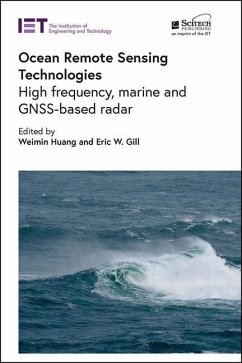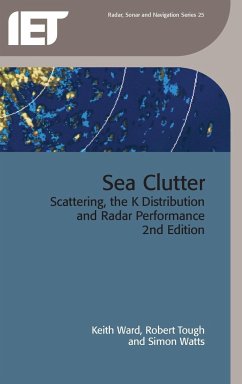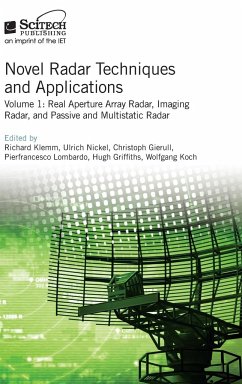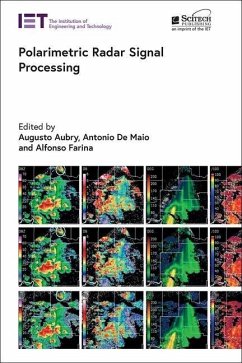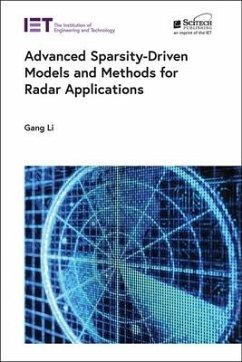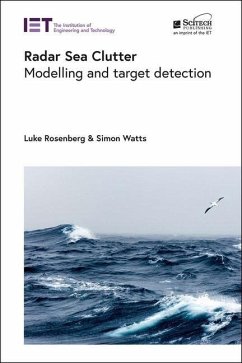
Developments in Sonar Communications and Networking
Versandkostenfrei!
Erscheint vorauss. 3. Dezember 2025
126,99 €
inkl. MwSt.

PAYBACK Punkte
63 °P sammeln!
Underwater communication systems have been gaining significant interest in the past two decades to address different applications, ranging from the depths of the ocean to its surface. To implement applications such as oil monitoring, earthquake and tsunami detection, marine animal study and military surveillance, underwater communications are crucial in establishing reliable connections between sensor nodes. This book covers 6G-based underwater acoustic communications that integrate modern technologies such as software-defined networking (SDN), network function virtualization (NFV), non-orthog...
Underwater communication systems have been gaining significant interest in the past two decades to address different applications, ranging from the depths of the ocean to its surface. To implement applications such as oil monitoring, earthquake and tsunami detection, marine animal study and military surveillance, underwater communications are crucial in establishing reliable connections between sensor nodes. This book covers 6G-based underwater acoustic communications that integrate modern technologies such as software-defined networking (SDN), network function virtualization (NFV), non-orthogonal multiple access (NOMA), reconfigurable intelligent surfaces (RIS), unmanned aerial vehicles (UAVs), autonomous underwater vehicles (AUVs), and AI. The book investigates NOMA as a solution to enhance spectral efficiency and user fairness in order to tackle acoustic band issues. The book then goes into detail about various machine learning and deep learning techniques for exploring underwater acoustic environments, optimizing acoustic signal transmission, and using hybrid intelligent models to power acoustic communications. The later chapters explore those few underwater applications that cover AI-based seismic monitoring, detection of tsunamis and earthquakes using AI-based models, and AI-based sonar image classification and analysis. In the final two chapters, the focus is on testing sound propagation in water and using various sonar systems to acquire underwater images and investigate real-life applications such as mine-detection, seabed mapping, and AUV navigation. Finally, a modelling scenario is developed and verified using the UPPAAL model checker for sonar-based subsystems. The book discusses a variety of recent concepts that will open new avenues for researchers in this field to explore underwater environments using 6G concepts and technologies.



